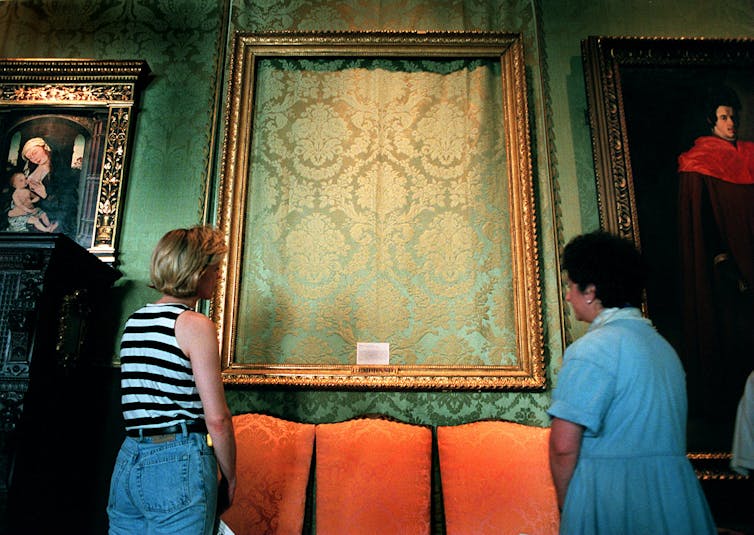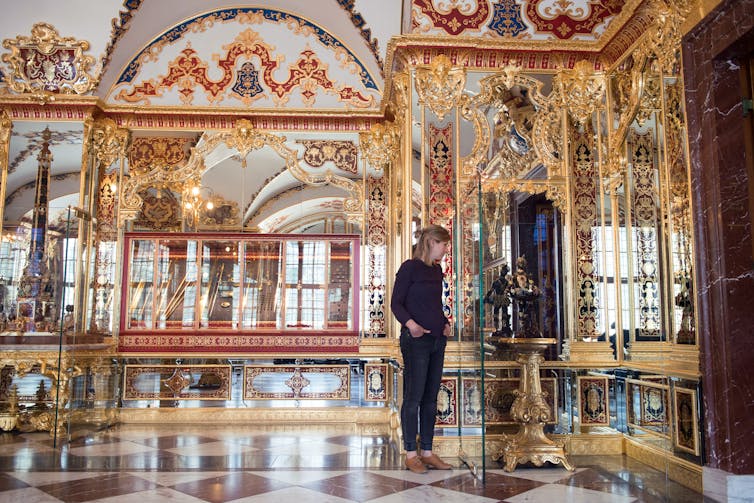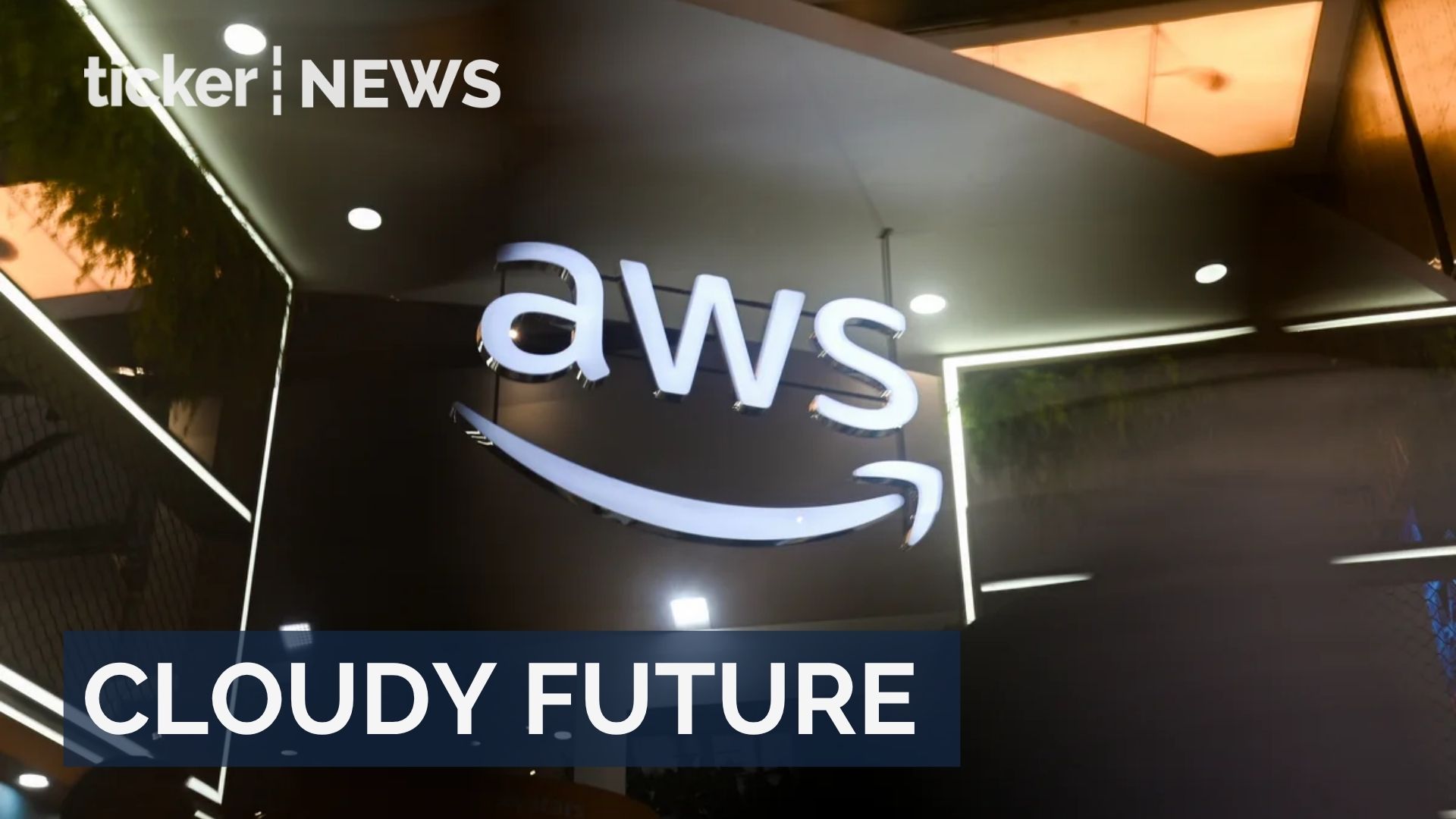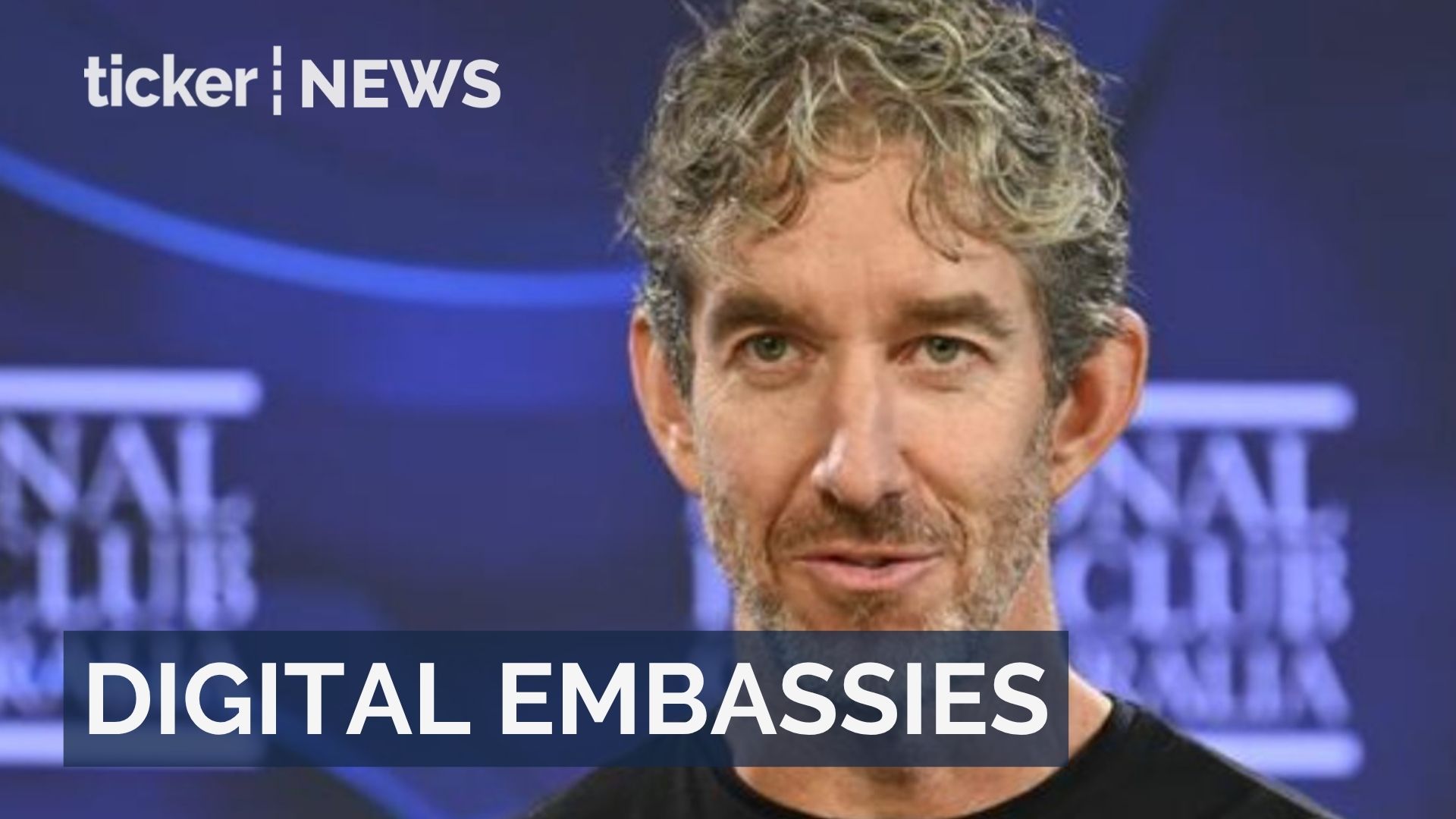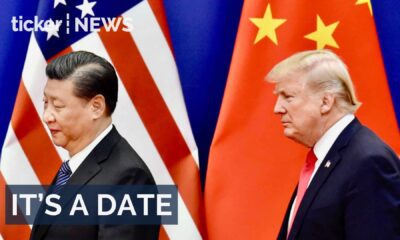Michelle Grattan, University of Canberra
Whatever the result on May 3, even people within the Liberals think they have run a very poor national campaign. Not just poor, but odd.
Nothing makes the point more strongly than this week’s release of the opposition’s defence policy.
As events played out, its Wednesday launch in Perth was overshadowed by the death of Pope Francis on Monday. But regardless of that unforeseeable event, the timing was extraordinarily late. Early birds had started voting at pre-poll places on Tuesday. The popularity of pre-polling means that, for many voters, the tail end of the formal campaign is irrelevant.
The Coalition regards defence and national security as its natural territory. It is pledging to boost defence spending to 2.5% of GDP within five years – $21 billion extra – and to 3% within a decade. The policy set up a contrast with Labor.
So why leave its release until the campaign’s penultimate week? The opposition’s line is that it wanted to see what money was available. Dutton said, “It would have been imprudent for us to announce early on, without knowing the bottom line”. The explanation doesn’t wash. If defence is such a priority, it should have been towards the front of the queue for funds.
That wasn’t the whole of the problem. The announcement consisted literally of only these two figures, wrapped in rhetoric. It didn’t come with any meat, any policy document setting out how a Coalition government would rethink or redo defence.
Shadow minister Andrew Hastie was at the launch, but he has been hardly seen nationally in recent months. He says he’s been working behind the scenes, and also he has a highly marginal Western Australian seat (Canning) to defend.
But Hastie, 42, has been underused. From the party’s conservative wing, he is regarded as one of the (few) bright young things in the Liberal parliamentary party. He has been touted as a possible future leader. Given the general weakness of the Coalition frontbench, wasting Hastie has been strange.
A captain in the Special Air Service Regiment who served in Afghanistan, Hastie has seen his share of combat. In 2018, he expressed the view that women shouldn’t serve in combat roles, saying “my personal view is the fighting DNA of close combat units is best preserved when it’s exclusively male”.
This week he was peppered with questions about his opinion (questioning triggered by a similar view being expressed by a disqualified Liberal candidate). But the issue is a red herring.
Hastie, a former assistant minister for defence, says he accepts the Coalition’s position that all defence roles are and should be open to qualified women. In the Westminster system, the obligation is for ministers to adhere to the agreed policy – that doesn’t mean someone might not have a different personal view.
Putting together an election campaign requires judgements at many levels, ranging from how big or small a target to be, and the balance between negative and positive campaigning, to candidate selection and which seats the leader visits.
The length of the formal campaign is in the prime minister’s hands. Anthony Albanese has sensibly kept this one to the typical five weeks, but a couple of past PMs made bad decisions, by running very long campaigns: Bob Hawke in 1984 and Malcolm Turnbull in 2016. Both lost seats, while retaining power.
While keeping the formal campaign short, Albanese was canny in hitting the road as the year started with a series of announcements. That gave him
momentum and some clear air. This also became more important when Easter and the Anzac holiday weekend intruded on the formal campaign. The Coalition looked dozy in January.
In the event of a Coalition loss, the nuclear policy will be seen as a drag. In campaigning terms, it has been a bold throw of the dice, although admittedly not nearly as bold as the Coalition’s sweeping Fightback blueprint for economic reform in the early 1990s. That looked for a while as if it might fly, but was eventually demolished by Labor Prime Minister Paul Keating.
Elections are not conducted in vacuums. Context can be important, and it has been particularly so in this campaign.
As has repeatedly been said, Donald Trump hovers over these weeks, and it’s the Coalition that is disadvantaged. This is not just because Dutton struggles to deal with the government’s barbs that he is Trump-like – more generally, some voters who might have been willing to change their vote appear to be thinking now is not the time.
If the Coalition defies the current apparent trend to Labor and scores a win in minority government, critics of its campaign will be eating humble pie. Seasoned election watchers remember the salutary lessons of 1993 and 2019, when the polls were wrong. In those elections, the government was returned.
Dutton and Nationals leader David Littleproud have both suggested the Coalition’s internal polling, which concentrates on marginal seats, is better for it than the media’s national polls.
If Labor loses this election, it will be left wondering how an apparently textbook campaign failed to nail the votes.
If the Liberals lose, their post-mortem reviewers will home in on various faults. One will be the policy lateness (not just the defence policy), meaning voters didn’t have time to absorb the offerings. Another will be the fact some policies were not fully thought through, or road tested. The consequences of the foray on working-from-home should have been anticipated. “Shadows” have often put policy preparedness behind going for a political hit on the day.
Even now, the opposition is struggling when quizzed about its plan to cut 41,000 from the public service. Dutton says the numbers will only go (by attrition or voluntary redundancy) from those working in Canberra. The Coalition also says frontline services and national security areas will be protected.
A source familiar with the public service points out, “If you sacked 41,000 in Canberra, you would decimate the national security bureaucracy and if you exempted national security you would barely have 41,000 public servants to sack”.
If the Coalition has a disastrous loss, with few or no net gains, the criticism of its campaign will be scarifying. If it loses by only a little, the critics will say that a better planned and organised campaign, preceded by a lot more policy work, might have pushed it across the line.
To be successful, an opposition needs a great deal of elbow grease, and so far the Coalition doesn’t look as though it has used enough of that.
Michelle Grattan, Professorial Fellow, University of Canberra
This article is republished from The Conversation under a Creative Commons license. Read the original article.





